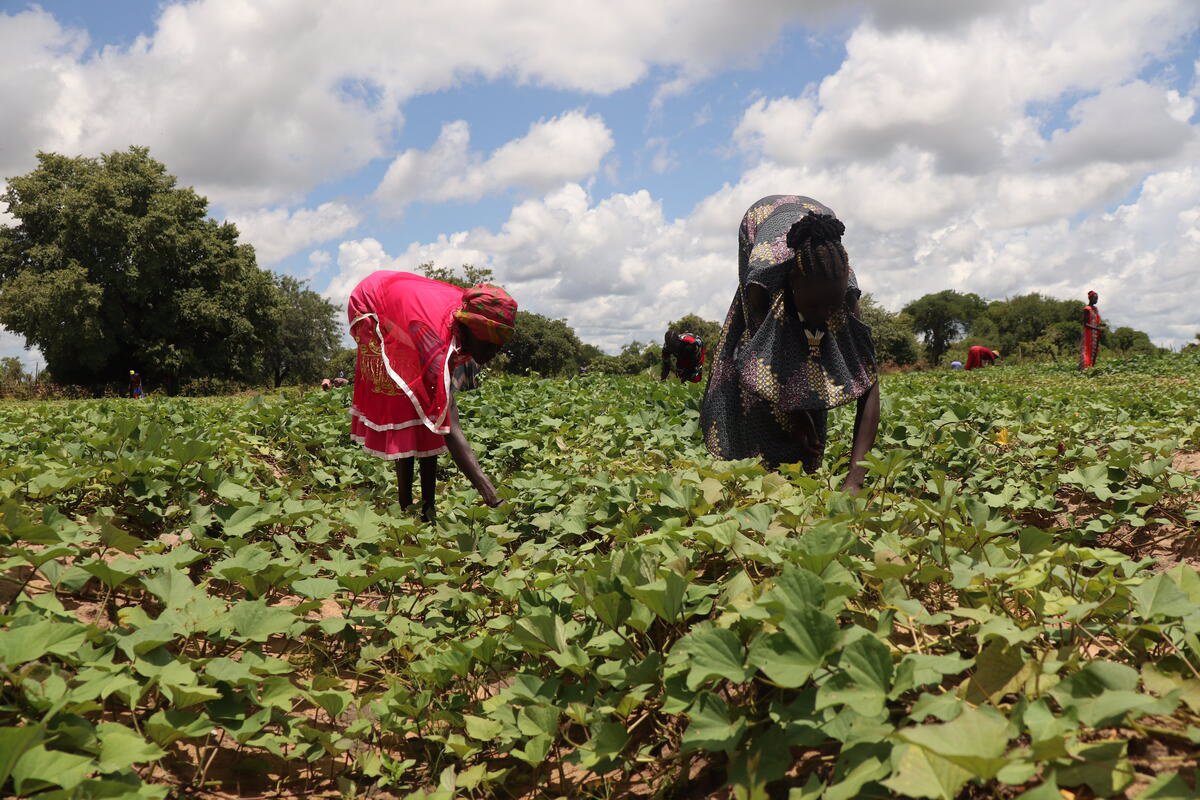The global economic crisis resulting from the pandemic, the war in Ukraine, and climate change has created a situation where vulnerable populations are struggling to access basic products. The rise in food prices is particularly affecting sub-Saharan Africa, which faces numerous challenges such as violent conflicts, extreme weather events, and population displacement.
Despite efforts to address the issue since 2022, none of the countries with the highest food prices have seen any improvement. This is particularly concerning because it means that populations require more than a week of work to afford a basic food basket. In comparison, developed countries can purchase a basic food basket in just 1.5 to 3 hours of work.
In countries like Burundi and Central African Republic, it takes between 1.5 to 36 days of work to afford the same basket. The ongoing conflicts in many of these countries have led to localized price increases that further impact vulnerable populations. The World Food Programme (WFP) has warned that worsening food insecurity is imminent due to conflict and economic problems in central and western Africa.
Economic issues such as inflation, currency devaluation, and trade barriers have exacerbated the food crisis in countries like Nigeria, Ghana, Sierra Leone, and Mali. These challenges have made it difficult for farmers to grow enough crops to meet the needs of their communities, leaving many people without access to nutritious food options.
The Food and Agriculture Organization of the United Nations (FAO) has reported an increase in food prices in March due to rising prices for vegetable oils, dairy products, and meat. While cereal prices have decreased slightly since then, other food categories have continued to see price hikes. This has put additional pressure on already struggling communities who rely on affordable food options for survival.
To address this issue effectively, policymakers need to prioritize diversified food production and improved access to agricultural resources. This will help mitigate the effects of high prices by ensuring that communities can produce more sustainable crops at lower costs.
Overall



